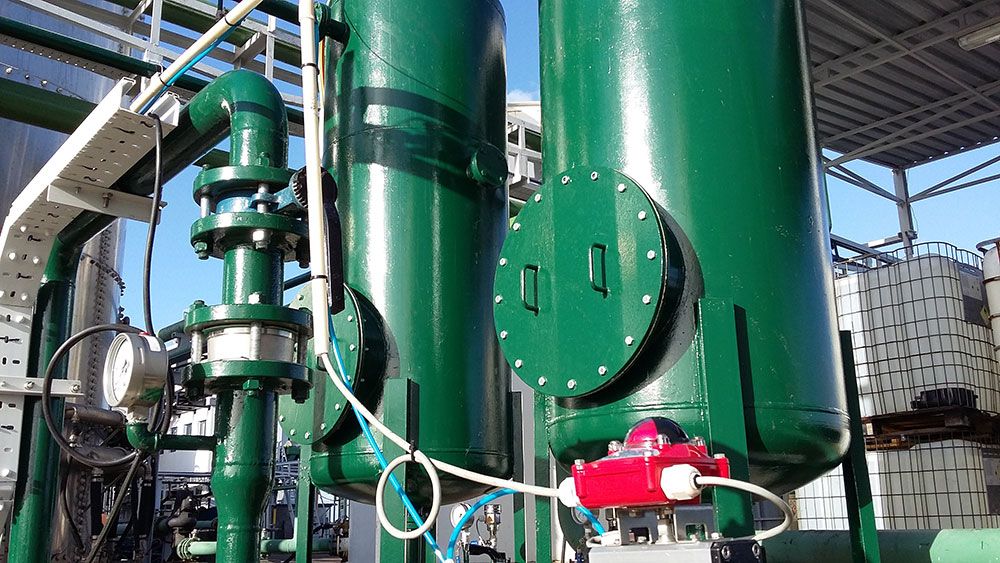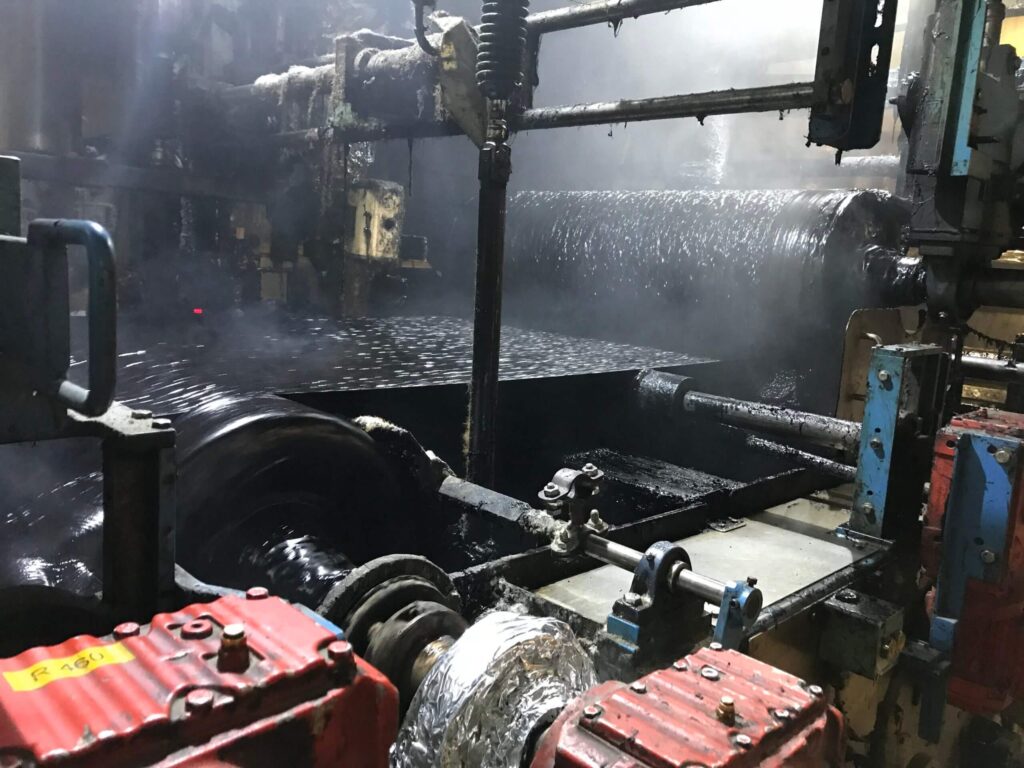In hydrometallurgical gold recovery operations, activated carbon plays a central role in the Carbon-in-Pulp (CIP) and Carbon-in-Leach (CIL) circuits. Our specialized carbon grades efficiently capture gold-cyanide complexes from leach solutions, enabling high recovery yields with operational reliability in even the most demanding mining environments

In the Carbon-in-Pulp (CIP) process, activated carbon is directly introduced into large tanks containing gold-bearing ore slurry mixed with cyanide leach solution. The carbon adsorbs the gold-cyanide complex from the pulp without requiring filtration, streamlining gold recovery operations.
Vitronexa Carbon’s coconut shell–based Granular Activated Carbon (GAC) is engineered for high abrasion resistance, enabling it to withstand the intense mechanical mixing and slurry turbulence within CIP tanks. Once loaded, the carbon is screened and moved to elution and regeneration stages, ensuring efficient gold recovery with minimal interference from organic matter or other metals.

The Carbon-in-Leach (CIL) process integrates gold leaching and adsorption into a single operation by adding activated carbon directly into leaching tanks. As cyanide dissolves gold from the ore, the carbon adsorbs the gold complex simultaneously, reducing processing time and optimizing tank utilization.
Vitronexa Carbon is specially formulated for high adsorption kinetics, capturing gold immediately as it enters the solution. This rapid adsorption minimizes gold loss and enhances overall recovery rates. Additionally, the carbon can adsorb trace mercury present in some ores, further improving process efficiency.

Carbon-in-Column (CIC) is a commonly employed technique in heap leaching operations, where cyanide solution percolates through ore heaps to dissolve gold. The resulting pregnant solution is then passed through fixed-bed columns packed with activated carbon for gold adsorption.
For this application, Our Granular Activated Carbon (GAC) offers uniform particle size, low dust generation, and high mechanical hardness. These properties ensure column stability and efficient adsorption performance under continuous flow conditions, effectively capturing the dissolved gold-cyanide complex along with trace amounts of silver and copper ions

During gold smelting and refining—particularly in small-scale and artisanal operations—hazardous vapors such as mercury, cyanide gases, and acidic off-gases are released. To control these emissions, extruded activated carbon (EAC) is utilized in mercury scrubbers, gas-phase filters, and stack treatment systems, effectively adsorbing toxic compounds before they enter the atmosphere.
Vitronexa Carbon’s extruded activated carbon is engineered for high adsorption efficiency and durability, ensuring compliance with mining emission standards such as the UNEP Minamata Convention. It effectively removes elemental mercury (Hg⁰), hydrogen cyanide (HCN), sulfur dioxide (SO₂), and nitrogen oxides (NOx), supporting safer and more environmentally responsible gold refining.
© 2014 Copyrights Reserved by Vitronexa